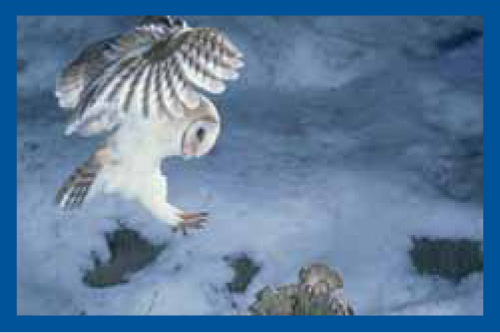CONTENTS
|
Darwin’s dangerous idea |
|
|
Evolution is an ongoing process 316 |
|
|
8.1 |
We can see evolution occurring right before our eyes. 316 |
|
Darwin journeyed to a new idea. 319 |
|
|
8.2 |
Before Darwin, many people believed that all species had been created separately and were unchanging. 319 |
|
8.3 |
A job on a ’round- |
|
8.4 |
Observing geographic similarities and differences among fossils and living plants and animals, Darwin developed a theory of evolution. 323 |
|
Four mechanisms can give rise to evolution. 325 |
|
|
8.5 |
Evolution occurs when the allele frequencies in a population change. 325 |
|
8.6 |
Mutation— |
|
8.7 |
Genetic drift is a random change in allele frequencies in a population. 328 |
|
8.8 |
Migration into or out of a population may change allele frequencies. 331 |
|
8.9 |
When three simple conditions are satisfied, evolution by natural selection is occurring. 332 |
|
8.10 |
A trait does not decrease in frequency simply because it is recessive. 335 |
|
Through natural selection, populations of organisms can become adapted to their environments. 338 |
|
|
8.11 |
Traits causing some individuals to have more offspring than others become more prevalent in the population. 338 |
|
8.12 |
Organisms in a population can become better matched to their environment through natural selection. 339 |
|
8.13 |
Natural selection does not lead to perfect organisms. 340 |
|
8.14 |
Artificial selection is a special case of natural selection. 341 |
|
8.15 |
Natural selection can change the traits in a population in several ways. 342 |
|
8.16 |
This is how we do it: By picking taller plants, do humans unconsciously drive the evolution of smaller plants? 344 |
|
8.17 |
Natural selection can cause the evolution of complex traits and behaviors. 346 |
|
The evidence for evolution is overwhelming. 348 |
|
|
8.18 |
The fossil record documents the process of natural selection. 348 |
|
8.19 |
Geographic patterns of species distributions reflect species’ evolutionary histories. 351 |
|
8.20 |
Comparative anatomy and embryology reveal common evolutionary origins. 352 |
|
8.21 |
Molecular biology reveals that common genetic sequences link all life forms. 355 |
|
8.22 |
Laboratory and field experiments enable us to watch evolution in progress. 356 |
|
Evolution: what it is and what it is not . . . 358 |
|
XII
 8 • Evolution and Natural Selection 315
8 • Evolution and Natural Selection 315 StreetBIO: KNOWLEDGE YOU CAN USE
StreetBIO: KNOWLEDGE YOU CAN USE